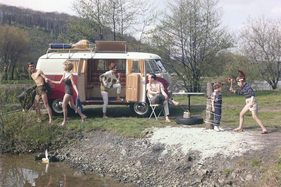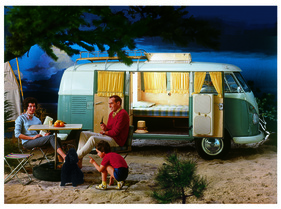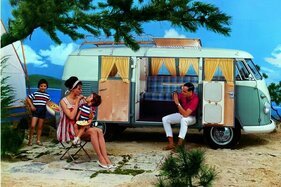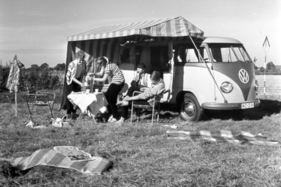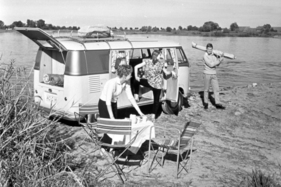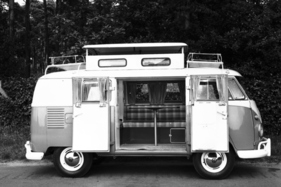VW camping bus in the (historic) test - a small cell on wheels
Summary
Motorhomes have always been, and still are, compromises on wheels. The two core aspects, the "camper" and the "motorhome", are naturally difficult to combine. Of course, this also applies to this Westfalia camper, which is based on a VW T1 bus. There is not much space to live in, but at least that little bit is always on board. The VW technology does its job reliably, but you can hardly reach high speeds. The pros and cons of the "Dormobil" are particularly closely linked. This article reproduces an original driving report from 1962 and shows the motorhome in historical photos.
This article contains the following chapters
- The two basic philosophies
- Frugality is the order of the day
- The VW part
- Unconventional, but suitable for traveling
- Good ride comfort, treacherous rear axle
- The Westfalia camping equipment
- Lighting and space
Estimated reading time: 17min
Preview (beginning of the article)
Somewhere at the bottom of his soul, every man is a nomad. No matter how much he disguises himself as a bourgeois with his dress shirts and "Old Spice", the little gypsy breaks out of his heart at some point. At the moment, he is allowed to do so, because today civilization nomadism is not only seen as chic, but also chic - and it is also good business. To ensure that it flourishes and no one gets into emotional conflicts, the little ragged gypsy has been deloused, his neck washed and his nails and hair cut. This is how camping became a mass consumer good. Among the compromises between fully automatic electric stoves and roasting spits as well as Dunlopillo and field quarters on hard stone, the Dormobile, the sleeping car, is all the rage.
Continue reading this article for free?
Photos of this article





































































